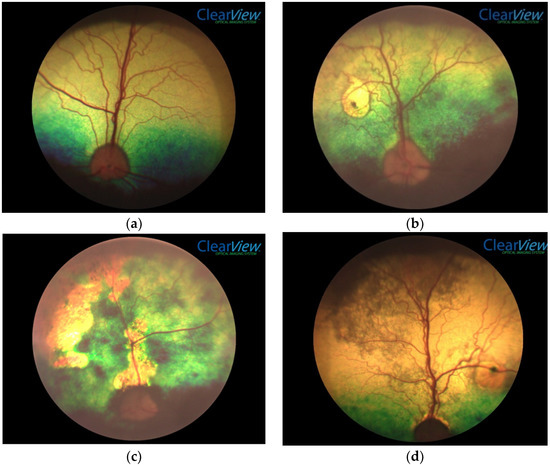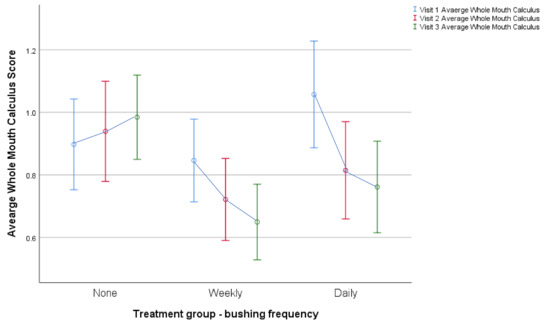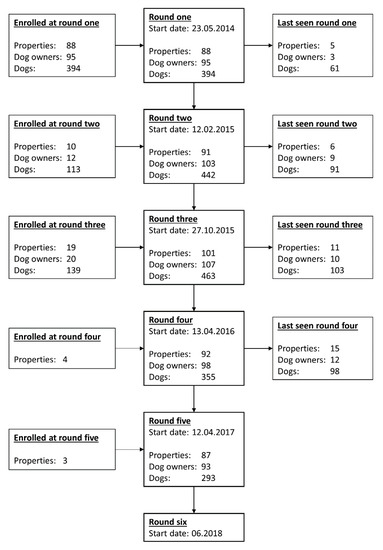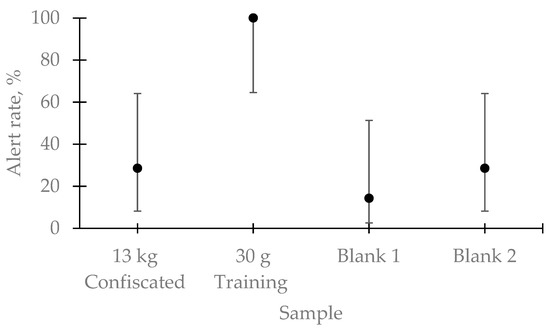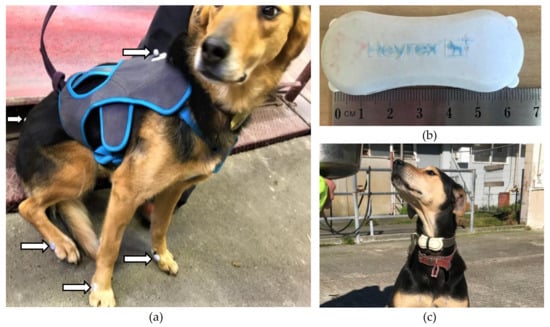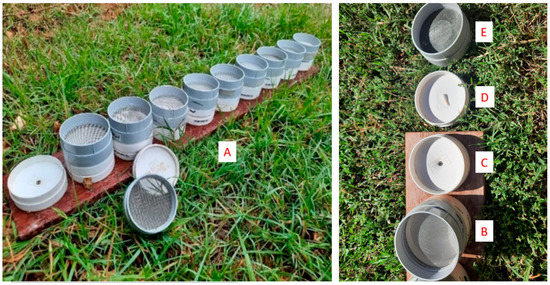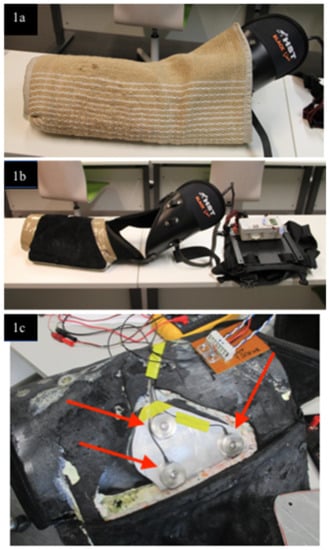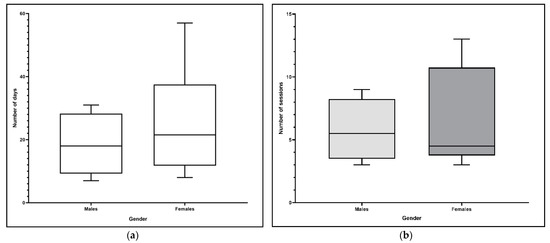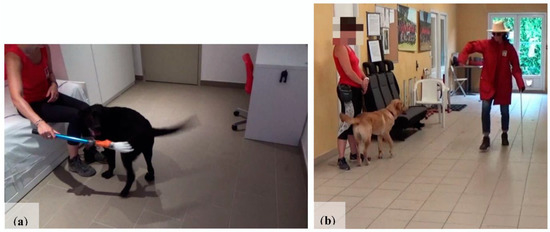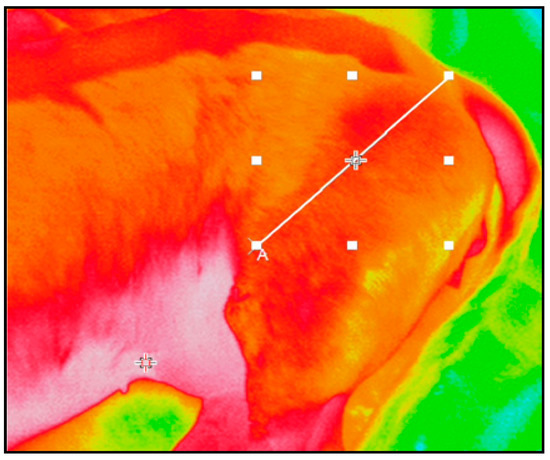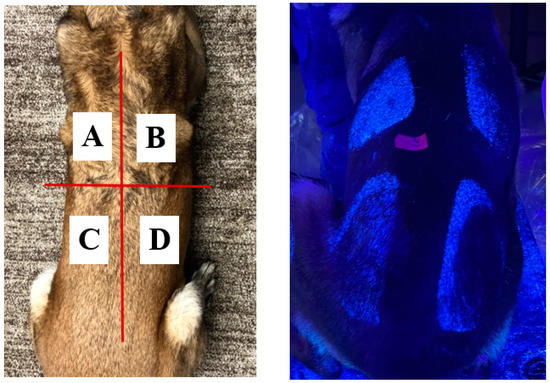Health, Behaviour and Performance in Working Dog Teams (Closed)
A topical collection in Animals (ISSN 2076-2615). This collection belongs to the section "Companion Animals".
Viewed by 74072Editors
Interests: working dogs; bacterial resistance; transdermal medications; hyperthyroidism
Interests: epidemiology; biosecurity; surveillance; evaluation of surveillance systems; risk analysis
Special Issues, Collections and Topics in MDPI journals
Topical Collection Information
Dear Colleagues,
Working dogs operate in many valuable roles with humans from military service and law enforcement to assisting people with their daily life and working with farmers to herd and protect livestock. The work these dogs perform requires both physical and behavioural agility and resilience. To ensure that dogs can fulfill these jobs optimally and enjoy a long and healthy working life, we require novel research focused on working dogs rather than trying to extrapolate findings from pet dogs. Further, we need to better understand the role that humans play in the success of working dog teams. In this collection, we welcome all contributions - research, reviews, and commentary - that advance and expand the field of working dog team health, behaviour and performance.
Assoc. Prof. Kate Hill
Assoc. Prof. Naomi Cogger
Dr. Mia Cobb
Guest Editors
Manuscript Submission Information
Manuscripts should be submitted online at www.mdpi.com by registering and logging in to this website. Once you are registered, click here to go to the submission form. Manuscripts can be submitted until the deadline. All submissions that pass pre-check are peer-reviewed. Accepted papers will be published continuously in the journal (as soon as accepted) and will be listed together on the collection website. Research articles, review articles as well as short communications are invited. For planned papers, a title and short abstract (about 100 words) can be sent to the Editorial Office for announcement on this website.
Submitted manuscripts should not have been published previously, nor be under consideration for publication elsewhere (except conference proceedings papers). All manuscripts are thoroughly refereed through a single-blind peer-review process. A guide for authors and other relevant information for submission of manuscripts is available on the Instructions for Authors page. Animals is an international peer-reviewed open access semimonthly journal published by MDPI.
Please visit the Instructions for Authors page before submitting a manuscript. The Article Processing Charge (APC) for publication in this open access journal is 2400 CHF (Swiss Francs). Submitted papers should be well formatted and use good English. Authors may use MDPI's English editing service prior to publication or during author revisions.
Keywords
- working dogs
- farm dogs
- performance
- health
- behaviour
- welfare
- one welfare
- assistance dogs
- guide dogs
- service dogs
- police dogs
- scent
- detection








